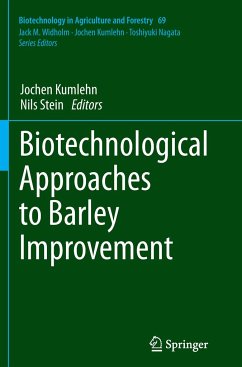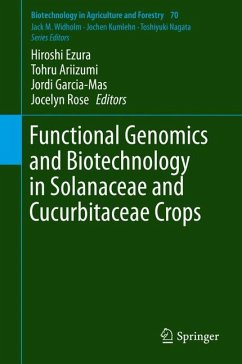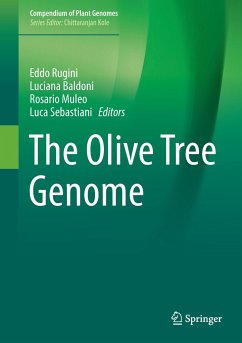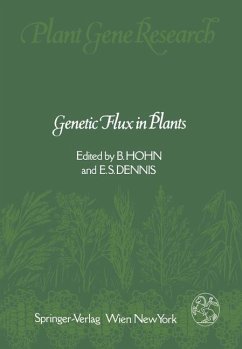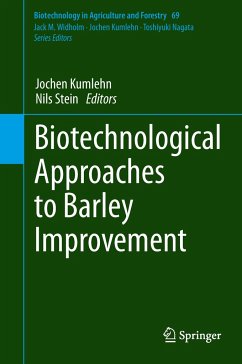
Biotechnological Approaches to Barley Improvement

PAYBACK Punkte
57 °P sammeln!
This volume offers an up-to-date overview of biotechnologically oriented barley research. It is structured into two major sections: the first focusing on current agricultural challenges and approaches to barley improvement, and the second providing insights into recent advances in methodology. Leading scientists highlight topics such as: the global importance of barley; genetic diversity and genebanks; domestication; shoot and inflorescence architecture; reproductive development; mineral nutrition; photosynthesis and leaf senescence; grain development; drought tolerance; viral and fungal patho...
This volume offers an up-to-date overview of biotechnologically oriented barley research. It is structured into two major sections: the first focusing on current agricultural challenges and approaches to barley improvement, and the second providing insights into recent advances in methodology. Leading scientists highlight topics such as: the global importance of barley; genetic diversity and genebanks; domestication; shoot and inflorescence architecture; reproductive development; mineral nutrition; photosynthesis and leaf senescence; grain development; drought tolerance; viral and fungal pathogens; phytophagous arthropods; molecular farming; sequence resources; induced genetic variation and TILLING; meiotic recombination; Hordeum bulbosum; genome-wide association scans; genomic selection; haploid technology; genetic engineering; and whole plant phenomics. Providing comprehensive information on topics ranging from fundamental aspects to specific applications, this book offersauseful resource for scientists, plant breeders, teachers and advanced students in the fields of molecular and plant cell biology, plant biotechnology, and agronomy.





